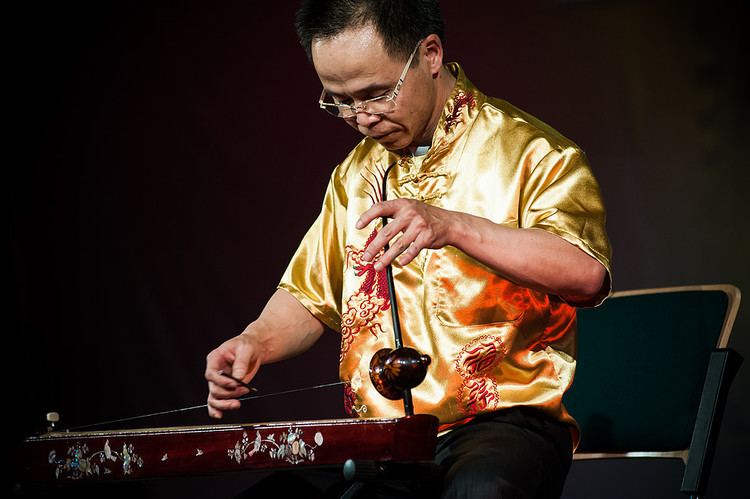 | ||
Traditional Vietnamese musical instruments are the musical instruments used in the traditional and classical musics of Vietnam. They comprise a wide range of string, wind, and percussion instruments, used by both the Viet (Kinh) majority as well as the nation's ethnic minorities.
Contents
Plucked
Bowed
Struck
Flutes
Oboes
Clarinets
Free reed mouth organs
Horns
Drums
Tuned percussion
Untuned percussion
Other
References
Traditional Vietnamese musical instruments Wikipedia(Text) CC BY-SA
